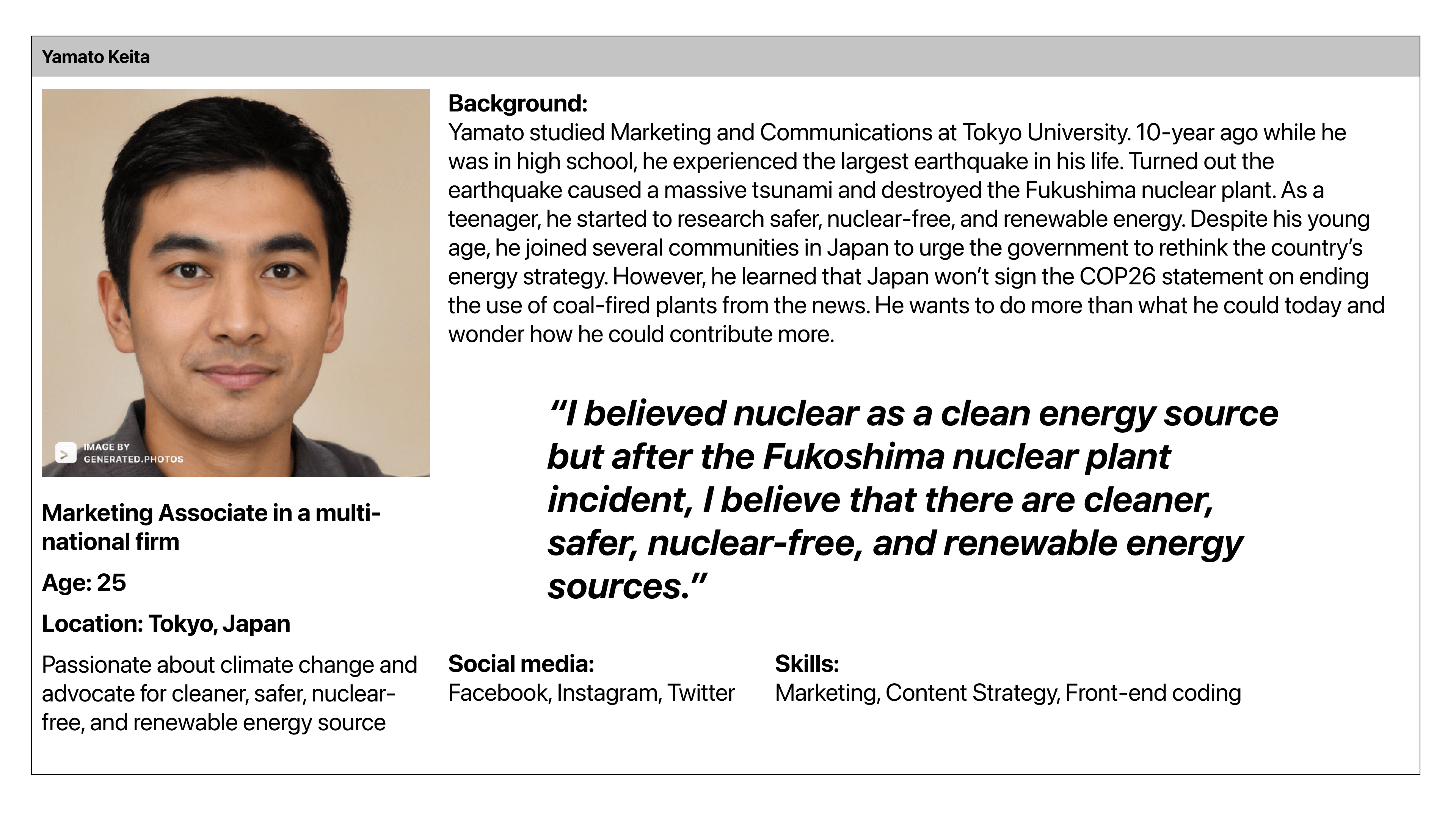This week’s topic reminded me of the process of moving away from the waterfall workflow and educating the team on a more modern agile approach.
Instead of relying on the visual team that I managed to deliver pixel-perfect screen design for every part of the website, our team came up with a few steps to help the development team move away from the waterfall process.
- Identifying reusable elements and replacing them with common CSS styles led the development team to adapt to BootStrap. This process allowed the developers to theme the Bootstrap library first and then introduce it to all core pages, then the rest of the website.
- Once the basic design system based on BootStrap was in place, we could improve and A/B test other parts like changing the text styles, fine-tuning all UI components, introducing new UIs, and redesigning the information architecture.
- The rebranding and new design system completion took three months (v.s. nine months as initially quoted).
It was not an easy process – but ultimately, we did it, and it laid out a more fluid product development cycle for the future.
As Belinda mentioned in her videos, Agile development is not only a process but also a mindset and culture of the product and development teams and with the help of other methodologies to deliver the product in multiple stages.[1]
We started Sprint #0 with all product leads, tech leads, design leads, and other key stakeholders to create a vision of what we wanted to do in the next twelve months. Then we started to break down our vision into milestones, then user stories and put them in the backlog. Since then, we started our 2-week sprint, and officially we moved away from the waterfall workflow.
Today, at Indeed, each project team is agile or scrum who set their own pace. Whereas a 2-week or 3-week sprint. As a designer, I often create user stories and insert them into the backlog to discuss and prioritize with our product managers and tech leads.
This week, I decided to combine my Socious app project and this week’s challenge: introduce a new feature in the app to allow users to add their social passion to their profile. This project happened to align with the rapid ideation session 2’s theme 1: COP-Out – mission to create an intervention that can be used to raise climate-related issues and provide a meaningful positive change from social grass-roots.
As a reminder, the Socious app is a marketplace to help connect passionate professionals to a social project to utilize their skills to contribute to the project. The project owner could create a project that lists the goal and the task they wish someone’s help to accomplish. I chose to make the persona for the young professionals that we target.
 The persona was built based on:
The persona was built based on:
Our target users:
Young professional – Socious users will be able to offer their help/expertise for social impact issues they care about
Their concerns:
- Are there any interesting social impact opportunities that I feel motivated to do?
- What will I get in return for my services?
- What information is needed before I can help make an impact?
- How do I apply to a social project?
- I’ve applied, now what?
- I’m no longer available. Remove my application.
Factors:
- VALUE – Finding mission organizations
- INCENTIVES – Portfolio, Networking, Remuneration
- FULFILLMENT – Personal
Functions:
- Find Contributions
- Apply to contributions
- Manage application – Delete/Edit
- See History
- Communicate with Organization
- Receive recognition for contribution
- Failed states
These were the guiding principle for the new user flow of the app.
———
References:
[1] learn.falmouth.ac.uk. n.d. Week 10: Belinda Waldock on the Agile Movement and Practice. [online] Available at: <https://learn.falmouth.ac.uk/courses/240/pages/week-10-belinda-waldock-on-the-agile-movement-and-practice?module_item_id=9207> [Accessed 5 December 2021].